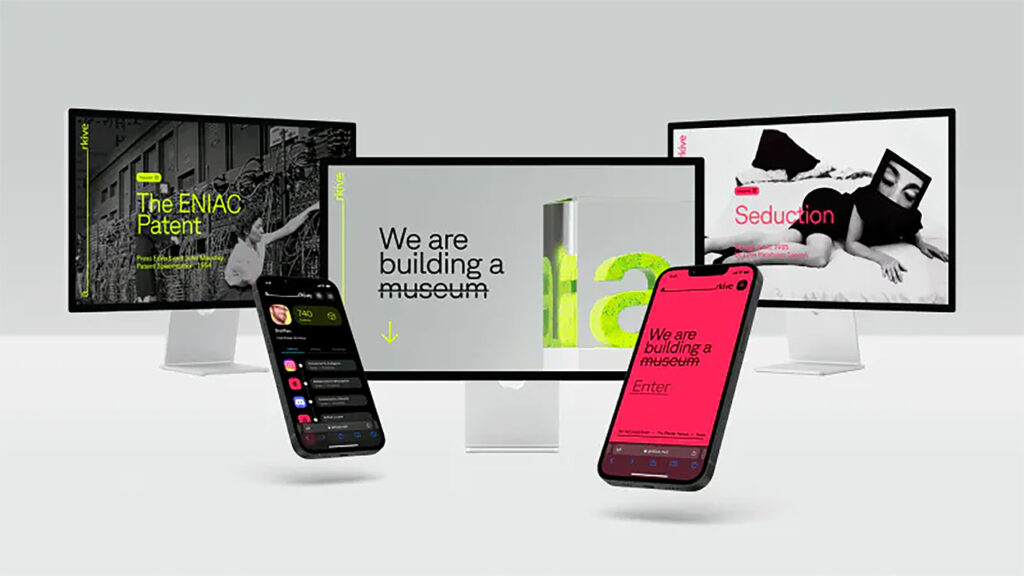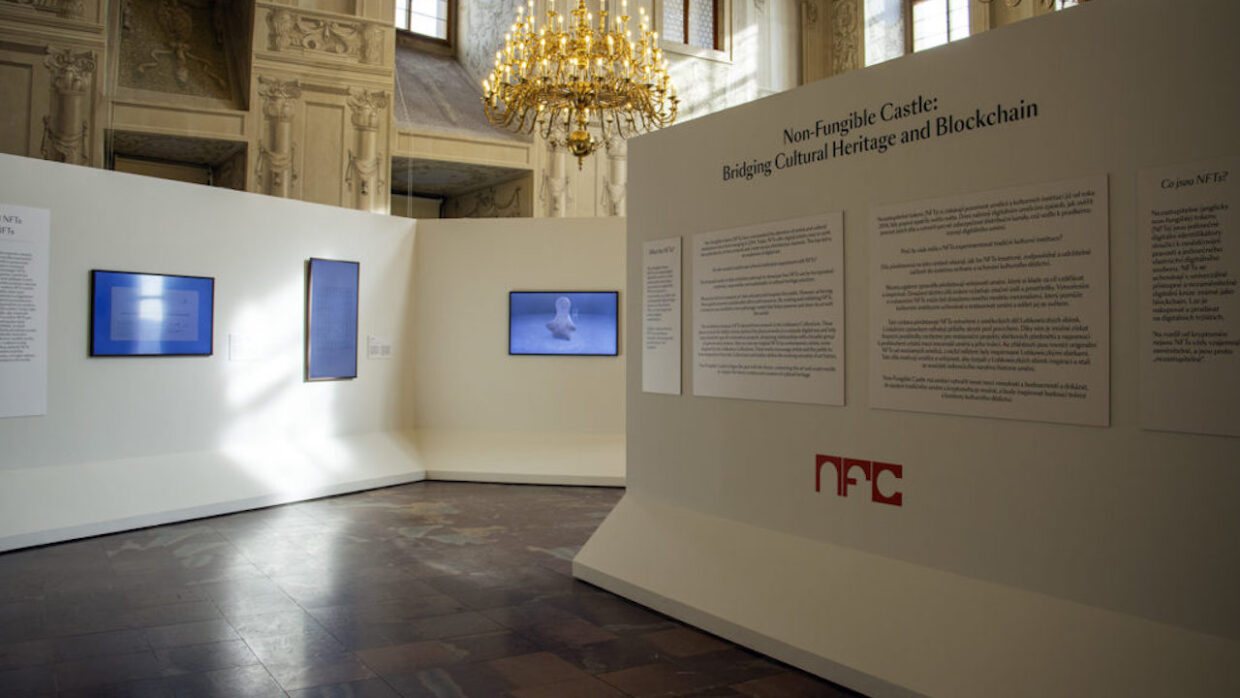To call the gap between crypto enthusiasts and skeptics a chasm is a vast understatement. With the evangelists remaining steadfast in their belief in the long-term value — monetary or otherwise — of NFTs and cryptocurrencies and the doubters calling Web3 an undercooked concept at best and a scam at worst, the difficulty for cultural institutions is deciding who to listen to. Regardless, interest and investment continue to gain pace, manifesting in museums, galleries, and tourist destinations exploring or launching their own NFTs or, more recently, so-called “metaverse tourism” models that allow guests to virtually explore their collections or environments.
For the institutions investing in occasionally very successful NFTs or ambitious plans to welcome hordes of virtual visitors, attracting greater attention and — more importantly — much-needed revenue, the potential upside is clear. (Despite the chilly “crypto winter” atmosphere and clunky experience currently offered by major metaverse platforms.) And in many ways, the crypto enthusiasts are winning in the cultural industries, driving actual use cases of benefiting staid institutions in dire need of revitalization. For example, the “Non-Fungible Castle” NFT exhibition and auction held by 3.O Labs at Prague’s Lobkowicz Palace in October 2021 raised enough to fund the restoration of desperately needed projects at the 16th-century palace. Since then, 3.O Labs has reportedly been busy working on similar projects in Germany and India.
Other Web3 cultural extensions like Muse0 DAO are giving artists and curators a new way to team up and give emerging and underexposed artists a way to get their work seen — and purchased — through collective NFT curation. Artists, too, see the potential benefits of Web3 in the ability to offer long-term royalty payments that are otherwise difficult (or impossible) in traditional distribution models.

Arkive invites members to co-curate collections as part of a decentralized model. Image: Arkive
But while enthusiasm, particularly among these institutions in need of a digital makeover, is arguably warranted, it is important for cultural institutions to listen to the crypto skeptics as well. Rather than being a panacea that can instantly reverse failures to adequately digitize long-delayed marketing or outreach efforts, Web3 extensions like metaverse tourism, NFTs, or anything claiming a connection to the “blockchain” should be complements to broader efforts. Rather than promoting initiatives as one-offs, institutions should clearly communicate that an NFT auction or possibly clunky foray into the metaverse is the first step in a long-term effort that will ultimately benefit its core audience.
This means, for institutions, it is important not to get sucked into overly flowery promises from Web3 pundits or industry hype, and instead offer digital extensions that are in line with their history, heritage, and long-term goals. An effort with a clear objective that helps the institution, and by extension its patrons, in a concrete way — for example, an NFT sale that keeps the doors open or funds expensive restoration efforts — will always beat splashy publicity stunts.
As Iconic Moments Founder and CEO Chris Cummings recently noted, NFTs can provide institutions a storytelling experience that provides context for what is on display and give patrons an experience of owning a portion of the curated collection. Similar to a souvenir, these “proof of attendance” style NFTs allow museum visitors to take the experience home with them. For cultural institutions, it’s clear that both the crypto superfans and the ultra-skeptics make valid points. But this simply means it is up to each institution to ignore the media narrative of the month and fully consider its appetite for risk — monetary or reputational — when considering a Web3 project, then design accordingly.



